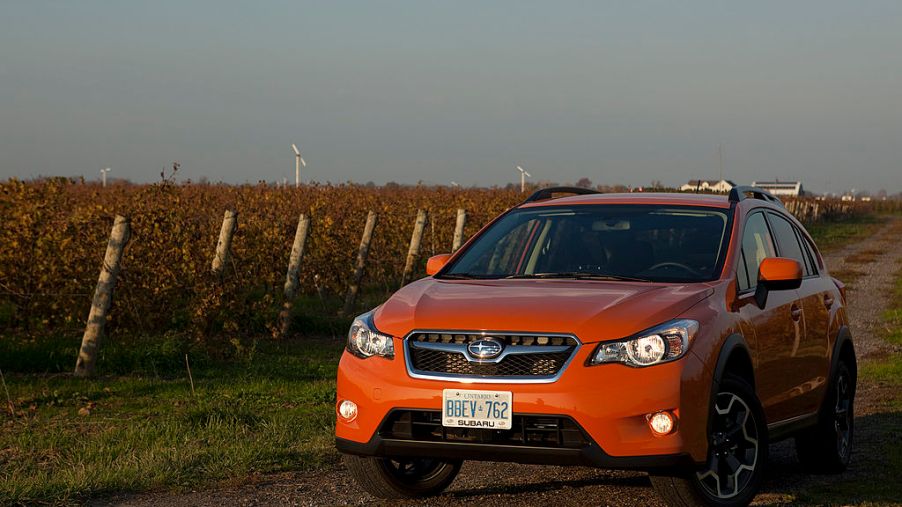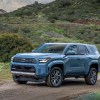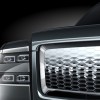
What Is the Difference Between an SUV and a CUV?
With vehicle design changing and segments continuing to get larger, it has become difficult to determine what category a particular vehicle falls under. One such difficulty is differentiating between an SUV and a CUV. While the two types of vehicles share some similarities, and car companies use the terms interchangeably, there is still a difference between the two.
The main difference between an SUV and a CUV
The main factor differentiating an SUV from a CUV is in the way the two cars are built. Though vehicle design has continuously been changing, making it harder to apply this distinction, it is still the main difference.
In earlier vehicle design, all SUV design models were based on that of the pickup truck. SUVs were designed with a body-on-frame configuration and either four or rear-wheel drive. In a body-on-frame configuration, the car’s frame and body are built separately then attached later.
Car manufacturers utilized this design model to create more interior space in the SUV than that found in standard vehicles. On top of that, the design model also made the SUV sturdier and more suitable for off-roading, hauling and towing.
Some SUVs, such as the Ford Expedition, are still being built with this model. In the case of the Expedition, the SUV can accommodate up to eight passengers and has a towing capacity of 9,500 lb.
While this configuration makes the SUV a more powerful car, it also makes it heavier than standard automobiles. This tends to lower the SUV’s fuel economy.
On the other hand, crossover utility vehicles, also known as crossovers, implement a single-body construction model. Here, the vehicle’s frame and body are built as a single unit. It is the model used in standard vehicles and is why the CUV feel more like standard cars. CUVs also have better handling.
Though these vehicles aren’t meant for heavy towing, some CUV models can pull impressive amounts and handle a bit off-roading as well. Essentially, CUVs are a more fuel-efficient, lighter version of the SUV.
What makes it hard to tell the two apart?
While the two do have that significant difference, the SUV and CUV share several similarities. This might make it difficult for consumers to tell these vehicles apart. For starters, both more spacious than a standard vehicle.
Sometimes, like in the case of CUVs and small SUVs, both provide you with a similar amount of storage space. Both vehicle types usually share a similar raised ride height providing drivers with improved visibility.
With several CUVs capable of light off-roading, the ability to handle rough terrain is another similarity between the two. Finally, both the CUV and SUV come with an AWD option available.
CUV or SUV; how to know which one to get
With all the shared similarities, you might be wondering how to determine which option to go for. Similar to buying any car, it depends on what your needs are. Every vehicle is built for something. Here’s how to know whether to go for an SUV or CUV;
You should get an SUV if your needs entail hauling heavy equipment or towing heavy items regularly. SUVs are also perfect if space is important to you or if the roads you will be driving on require a car with high ground clearance. SUVs are also the best choice if you desire to get a vehicle that can handle off-roading.
On the other hand, a CUV or crossover would be perfect for you if you are working on a smaller budget or you prioritize fuel efficiency. These vehicles are suitable for consumers who need more room without the bulky feel of an SUV. Also, if you don’t intend to tow anything regularly, then a CUV is perfect for you.


